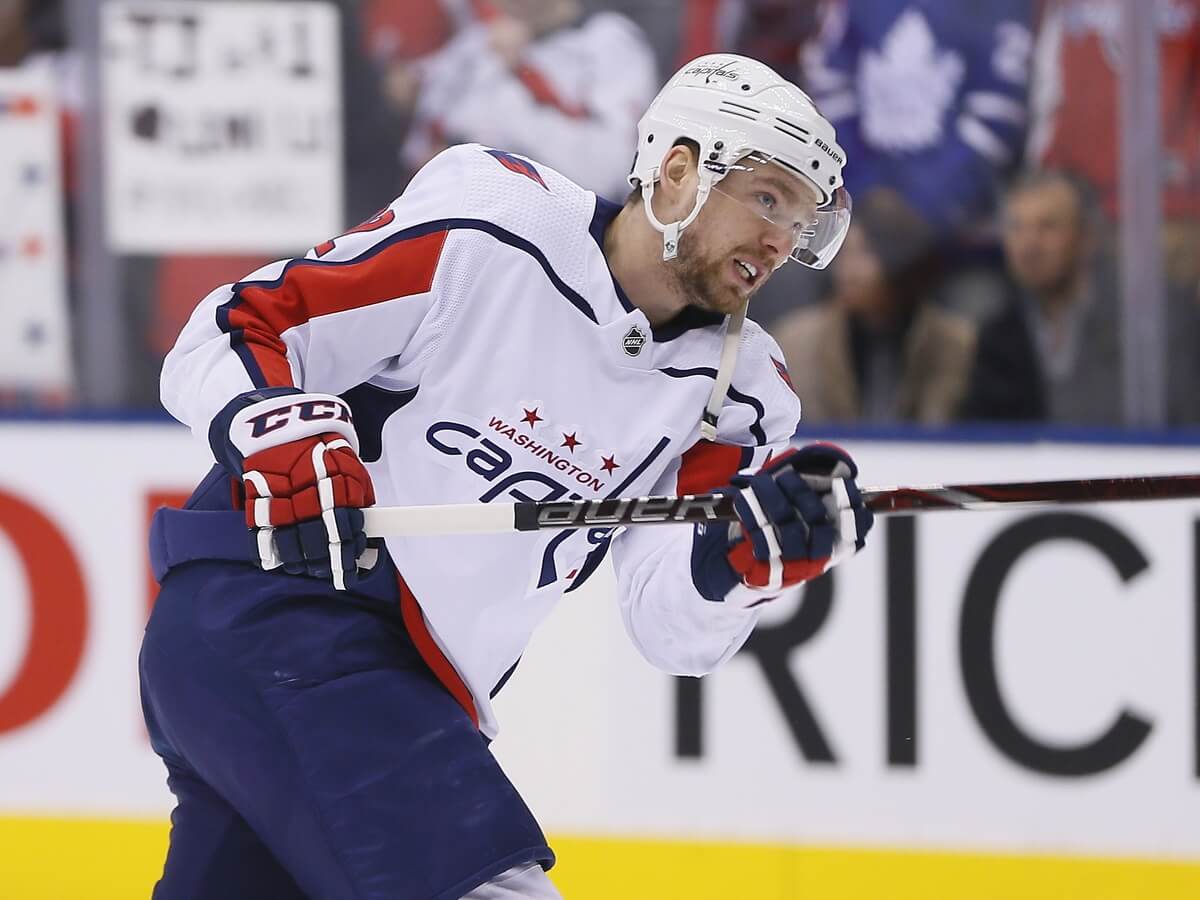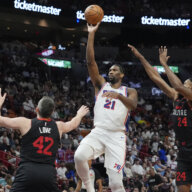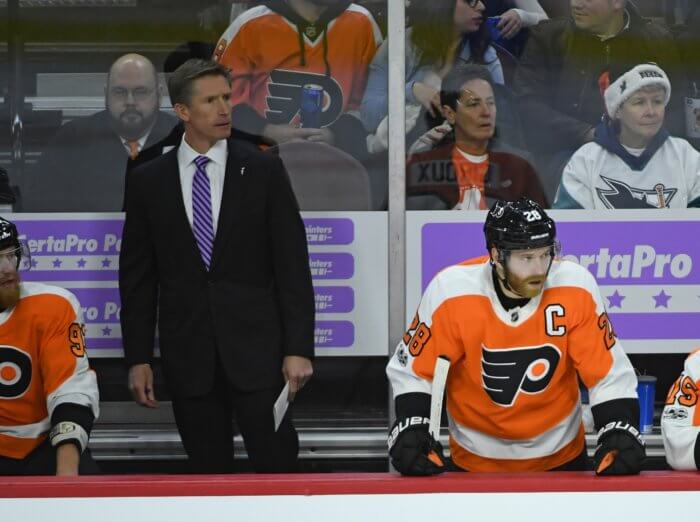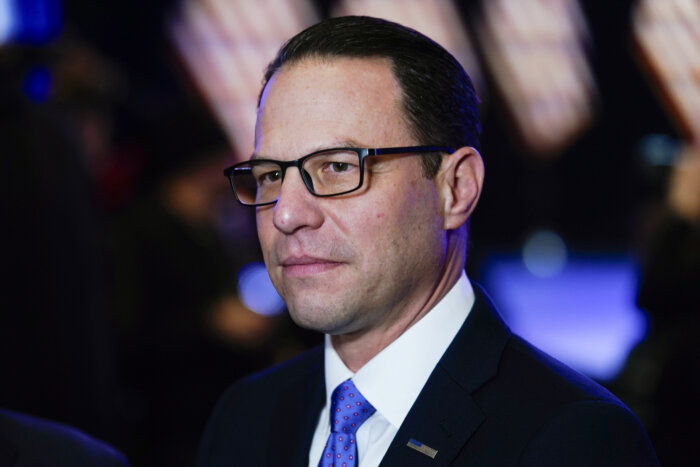News broke early Friday afternoon that the Flyers had shipped defenseman Radko Gudas to the Washington Capitals, in exchange for Flyers defenseman Radko Gudas. The Flyers get a blueliner capable of soaking up top 4 minutes, while the Caps get a bottom pairing defenseman with less term and less of a cap hit.
On paper, the Flyers seem to have won this deal. They get the veteran experience they covet on the back end. Niskanen has been part of multiple Stanley Cup winning teams, the Pittsburgh Penguins and aforementioned Washington Capitals. They get someone who is well liked by his peers as well.
However, many held Gudas in the same regard when it comes to being a locker room presence.
When breaking down stats, it’s clear that Niskanen is the better contributing defenseman. In fact, it isn’t even close. Over his 5 years in Washington, Niskanen has averaged just over 31 points per season. Gudas only averages just over 18 points per season with Philadelphia.
Digging even deeper, Niskanen’s powerplay numbers are prolific in comparison to Gudas’, mainly because Gudas rarely if ever played on the man advantage. Gudas had one assist on the powerplay during his tenure with the Flyers, while Niskanen had 31 assists, and added 6 goals for a total of 37 points in 4 years. Much better than Gudas’ 1 point over 4 years.
While in Philadelphia, Gudas saw a bump in his average time on ice from his time with the Tampa Bay Lightning but saw it slowly diminish over the past 2 seasons. He went from 19:51 in 2015-16 to 17:53 this past season. While seeing his TOI diminish a bit as well, Niskanen saw just under 22 minutes per night this past season with Washington. That’s still about 4 minutes more per night than Gudas.
Gudas averaged more blocked shots and fewer giveaways than Niskanen, but Niskanen averaged more takeaways than Gudas in that span as well. On ice, this Niskanen/Gudas deal is a total win for the Flyers, right?
Let’s peel back the on-ice layer and look a little bit deeper at the semantics of the deal, mainly the cap situation.
Niskanen has two years left on a deal that will pay him $5.75 million annually. Gudas is making $3.35 million for this next season and then hits free agency. Not only is Philadelphia taking on an additional $2.4 million, but is retaining 30%, $1.005 million, of Gudas’ deal. That’s where this deal doesn’t make sense to most.
With the news of Andrew MacDonald being bought out, and saving $3.83 million, according to Dave Isaac of the Courier-Post, the Flyers actually save around $400k, but not without the extra move being made that could potentially add to their cap during the 2020-21 season.
The main argument against this deal is the fact that the Flyers are giving cap relief to a division rival. The Caps are saving $2.4 million this coming up season, and don’t have the burden of another year of Niskanen at $5.75 million. The Flyers did the Caps a favor, and got a little bit of an upgrade in return.
One could argue that in years past, Ron Hextall could have squeezed a bit more out of this deal, finagling a pick from Washington in exchange for helping them and their salary cap issues. With win-now mode being now, it seems that the extra pick doesn’t mean as much to Flyers General Manager Chuck Fletcher, and so be it.
This move raised a lot of questions from the get-go. Many were led to believe that moves made this offseason would be “needle-movers.” While this move is a decent move from an on-ice perspective, it doesn’t scream “moving the needle” as much as it screams “re-arranging the furniture.”
Niskanen will bring something to the locker room that Gudas couldn’t so it may pay dividends. However, with more moves to be made, presumably, the Flyers may not be done upgrading their roster. Sit tight, folks. This ride isn’t over yet.
Mandatory Credit: John E. Sokolowski-USA TODAY Sports






























